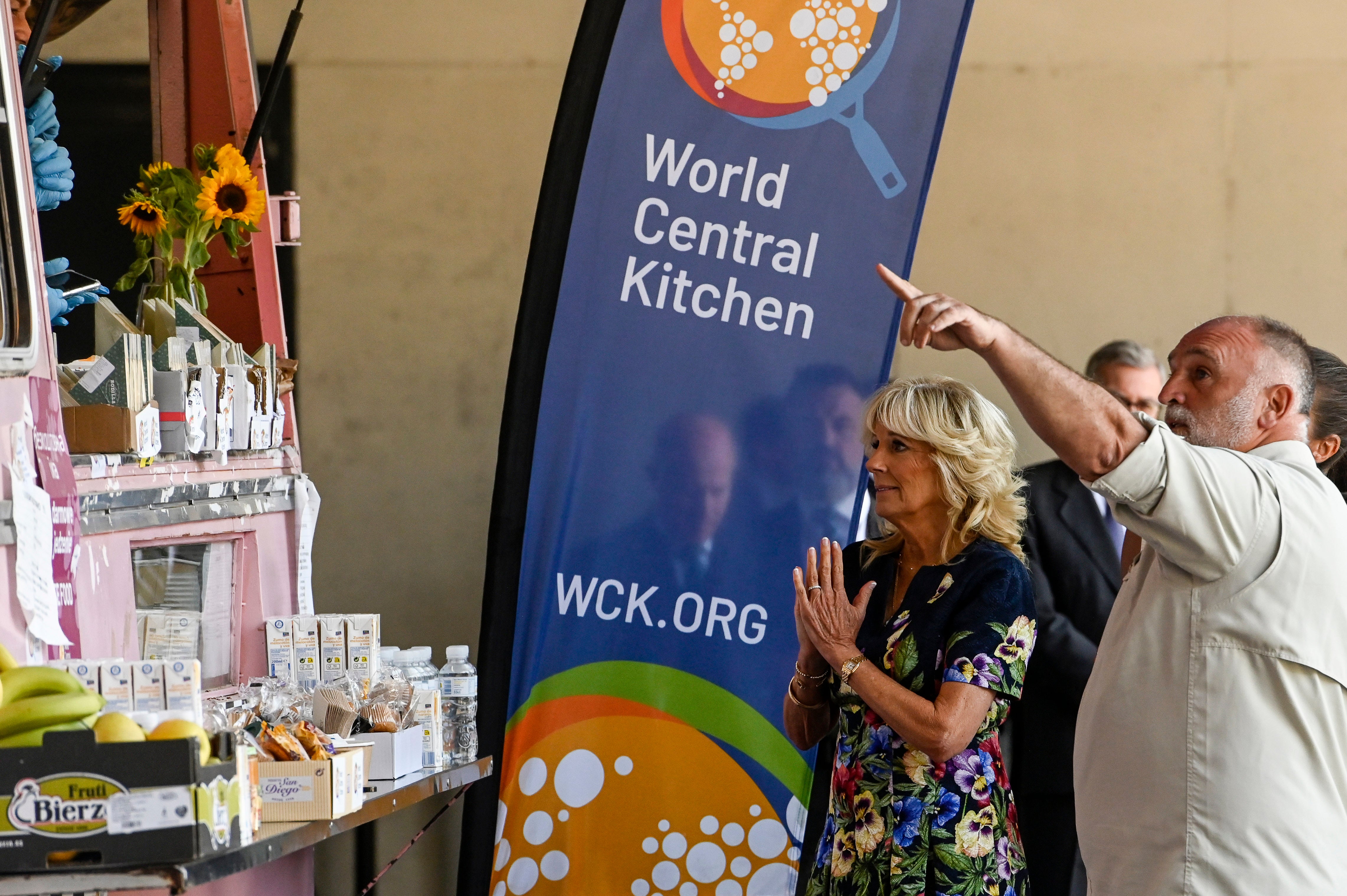Fidelity Charitable sets $4.8B record in grants for 6 months
Donations from Fidelity Charitable climbed 11% to a record $4.8 billion for the first half of 2022

Your support helps us to tell the story
From reproductive rights to climate change to Big Tech, The Independent is on the ground when the story is developing. Whether it's investigating the financials of Elon Musk's pro-Trump PAC or producing our latest documentary, 'The A Word', which shines a light on the American women fighting for reproductive rights, we know how important it is to parse out the facts from the messaging.
At such a critical moment in US history, we need reporters on the ground. Your donation allows us to keep sending journalists to speak to both sides of the story.
The Independent is trusted by Americans across the entire political spectrum. And unlike many other quality news outlets, we choose not to lock Americans out of our reporting and analysis with paywalls. We believe quality journalism should be available to everyone, paid for by those who can afford it.
Your support makes all the difference.Donations from Fidelity Charitable climbed 11% to a record $4.8 billion for the first half of 2022, the nation’s largest grantmaker announced Wednesday.
The growth in payouts from Fidelity’s donor-advised funds — which let donors enjoy tax deductions and investment gains on their donations before they give the money away — paints a far sunnier picture about philanthropy than other recent reports.
The Giving USA report released last month found 2021 donations were down 0.7% when adjusted for inflation. That was a sign that the sector is generally struggling to keep pace with increased needs caused by higher prices and global crises like the pandemic and the war in Ukraine.
“Individual donors are thoughtful when they contribute to their donor-advised funds, letting the growth of those funds impact their giving,” Fidelity Charitable President Jacob Pruitt told The Associated Press. “They can give more at the end of the day and not only are they giving more, but they’re giving to a variety of different causes.”
Fidelity Charitable donors earmarked more than $128 million in grants to Ukraine aid efforts in the first half of 2022, Pruitt said. Emergency relief organization International Medical Corps saw the number of Fidelity Charitable donors provide them a grant jump more than 1000% compared to the first half of 2021, while chef Jose Andres’ food security nonprofit World Central Kitchen grew more than 500%.
Similarly, Schwab Charitable announced Tuesday that its grants through its donor-advised funds were up 27% to over $4.7 billion in its 2022 fiscal year, which ended on June 30.
Pruitt said Fidelity Charitable has seen some slowing in donations in recent months, but that it’s hard to tell whether that will continue. He said data on the amount of money invested into donor-advised funds in 2022 so far would not be available until the end of the year.
“When the market is down and there is volatility, our donors step up,” he said. “Generosity will continue.”
However, “ Gilded Giving 2022,” a new report on donations released Tuesday by the Institute for Policy Studies, says the increasing popularity of donor-advised funds is distorting philanthropy and the kind of charities that receive money.
Chuck Collins, co-author of the report and the Institute’s director of the Program on Inequality and the Common Good, said we have entered an era of “top-heavy philanthropy,” where wealthy people dominate charities because the majority of people are struggling economically and are less able to afford to give. He said wealthy people tend to focus on donations to foundations that they control or legacy gifts — large donations to universities and museums that result in buildings being named after them to add to their reputations for generations.
According to the report, donations over $1 million in 2021 went mainly to foundations that the donors controlled, donor-advised funds and colleges and universities. It notes that less than half of American households now donate to charity, down from 68% just 20 years ago.
“The more that wealthy people shape the priorities of philanthropy, the less we see people giving directly to those helping in their communities,” Collins said. “We could see that change with the increase of oversight. We should fix the design flaw.”
Legislation requiring those who use donor-advised funds to finish giving away the money within 15 years in order to maintain their income tax deduction was introduced in the Senate last year by Republican Sen. Chuck Grassley of Iowa and Independent Sen. Angus King of Maine, who caucuses with the Democrats. Another proposal would let money remain in donor-advised funds for 50 years, but it would not be eligible for an income tax deduction until it is donated.
Fidelity Charitable's Pruitt said he supports legislation that encourages donors to actively make grants from their donor-advised funds, though he points out that most money in those accounts is already donated within five years.
“The worry,” he said, “is unintended consequences.”
____
Associated Press coverage of philanthropy and nonprofits receives support through the AP’s collaboration with The Conversation US, with funding from Lilly Endowment Inc. The AP is solely responsible for this content. For all of AP’s philanthropy coverage, visit https://apnews.com/hub/philanthropy.